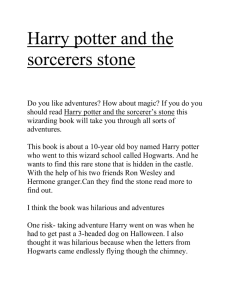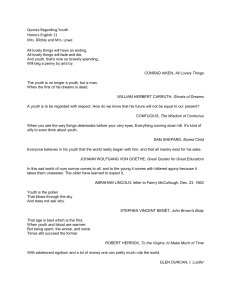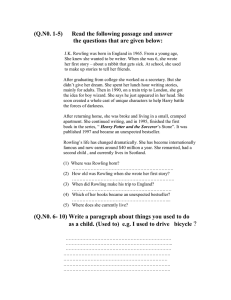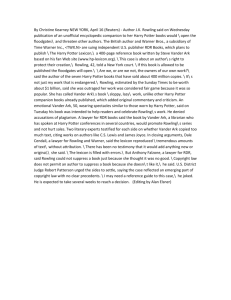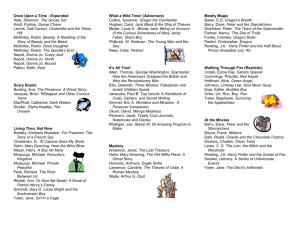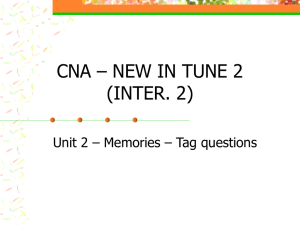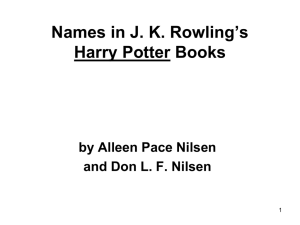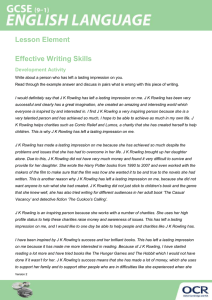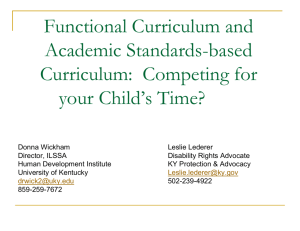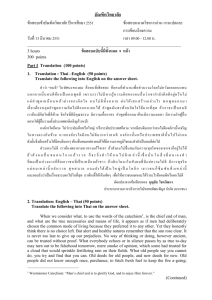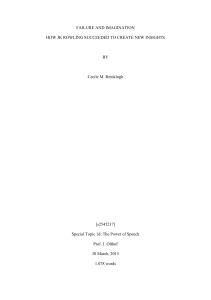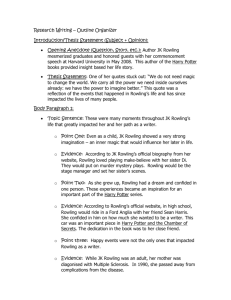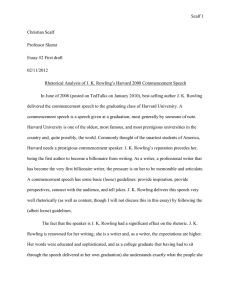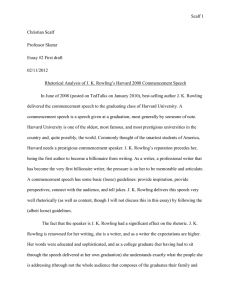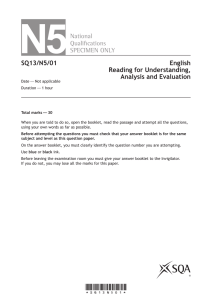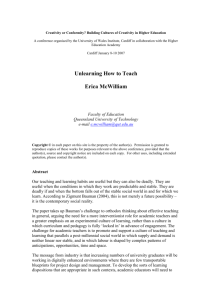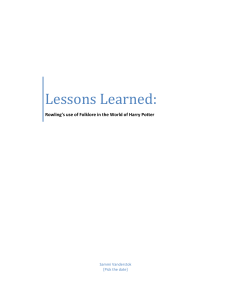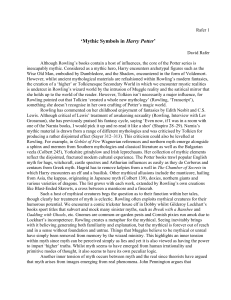Harry Potter Pedagogy: What We Learn About Teaching From J
advertisement
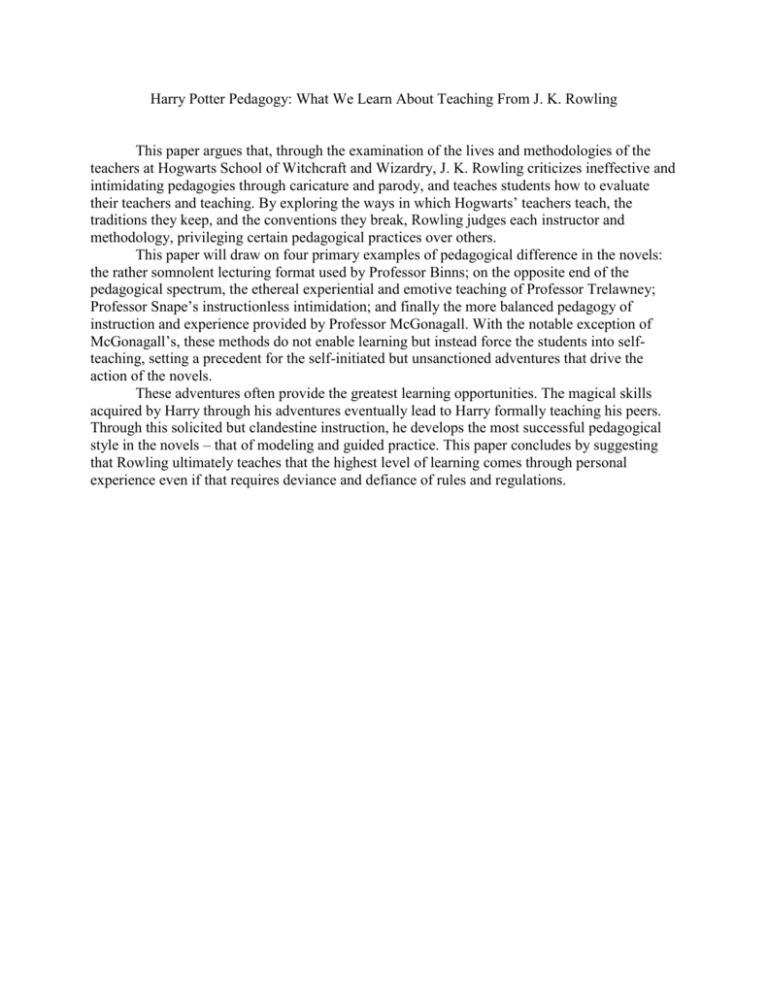
Harry Potter Pedagogy: What We Learn About Teaching From J. K. Rowling This paper argues that, through the examination of the lives and methodologies of the teachers at Hogwarts School of Witchcraft and Wizardry, J. K. Rowling criticizes ineffective and intimidating pedagogies through caricature and parody, and teaches students how to evaluate their teachers and teaching. By exploring the ways in which Hogwarts’ teachers teach, the traditions they keep, and the conventions they break, Rowling judges each instructor and methodology, privileging certain pedagogical practices over others. This paper will draw on four primary examples of pedagogical difference in the novels: the rather somnolent lecturing format used by Professor Binns; on the opposite end of the pedagogical spectrum, the ethereal experiential and emotive teaching of Professor Trelawney; Professor Snape’s instructionless intimidation; and finally the more balanced pedagogy of instruction and experience provided by Professor McGonagall. With the notable exception of McGonagall’s, these methods do not enable learning but instead force the students into selfteaching, setting a precedent for the self-initiated but unsanctioned adventures that drive the action of the novels. These adventures often provide the greatest learning opportunities. The magical skills acquired by Harry through his adventures eventually lead to Harry formally teaching his peers. Through this solicited but clandestine instruction, he develops the most successful pedagogical style in the novels – that of modeling and guided practice. This paper concludes by suggesting that Rowling ultimately teaches that the highest level of learning comes through personal experience even if that requires deviance and defiance of rules and regulations.
